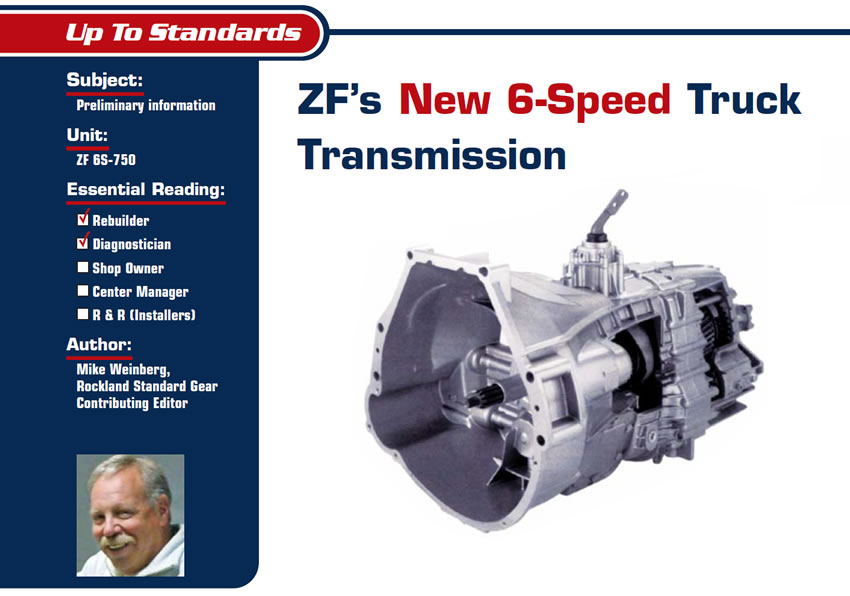


Over the last few years, however, more domestic vehicles are using the 6T30, which means more parts sourcing to contend with. The transmission design has certainly gained traction in other parts of the world, such as China, which tend to utilize vehicles with lower output engines. Assume nothing.Īlthough the 6T30 was initially launched in 2009, domestic usage had been minimal. The manufacturer choice of transmission can overlap for various reasons, which is another example of the importance of the VIN #. Normally, a vehicle such as a Chevy Cruze equipped with a 1.8L engine might require a 6T40 transmission, whereas, if equipped with a 1.4L engine, it would require the smaller 6T30 however, such is not the case. Using the 6T40 architecture, the 6T30 (MH9) was developed to accommodate certain vehicle attributes that in some cases makes little sense.

With all of these variables, one would think that vehicle requirements relating to transmission types would be satisfied however, one would be wrong.Īpparently, someone at GM decided that another level of six-speed transmission was needed, and so engineers went to work to develop what could be considered a mini six-speed automatic to fill the bill. Overall, component size also differs between the two design levels and of course assembly procedures are substantially different. The main functional differences between the large transmissions (6T70 / 6F50) and the smaller transmissions (6T40 / 6F35) is in pump design, remote axis vs. Beyond basic layout, each manufacturer went their own way concerning individual component sourcing and design. Unlike the 6T70 / 6F50 scenario, the marriage between the 6T40 and 6F35 was less complementary due to the fact that virtually nothing will interchange between the two units. To accommodate lighter-duty vehicles equipped with smaller engines, another level of transmission was required, resulting in the launch of the GM 6T40 and Ford 6F35 a short time later. Both designs accommodate the larger vehicles equipped with higher output engines and both have received continuous changes and upgrades. Another variable between the GM and Ford transmissions were the dreaded cushion springs that have been tweaked over the years. One key difference between the two models is that GM chose to go with a mechatronic (TEHCM) valve body design, whereas Ford stuck with the traditional external TCM (PCM). During development, the GM 6T70 and Ford 6F50 basically fell off the same sheet of paper resulting in a noticeable amount of interchangeability of various components.


 0 kommentar(er)
0 kommentar(er)
